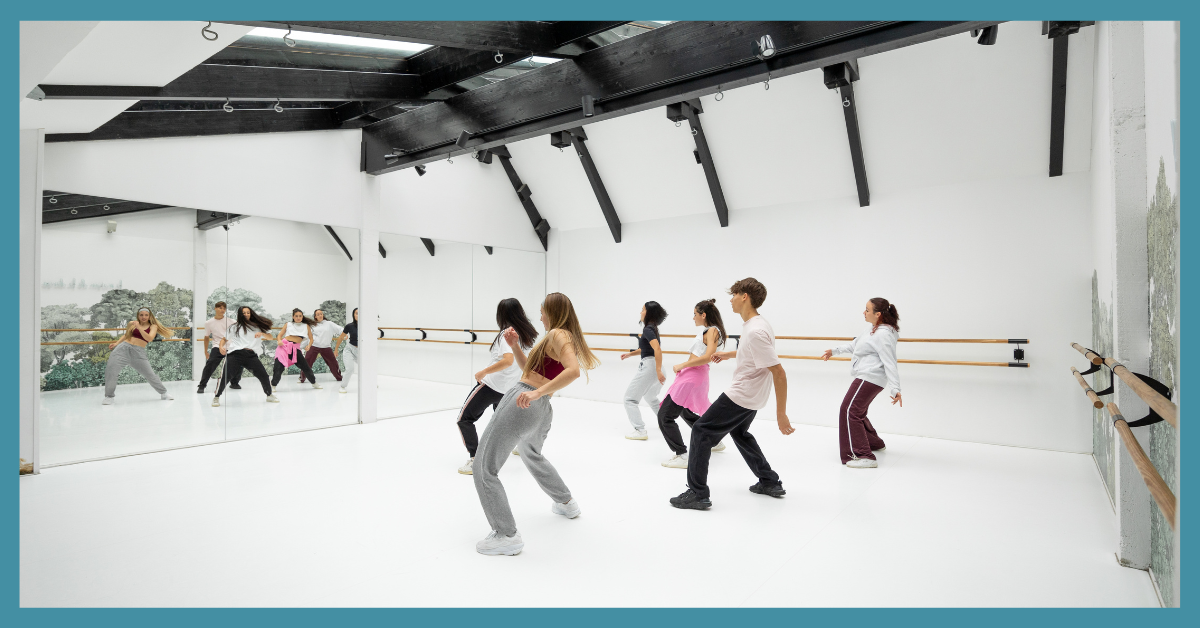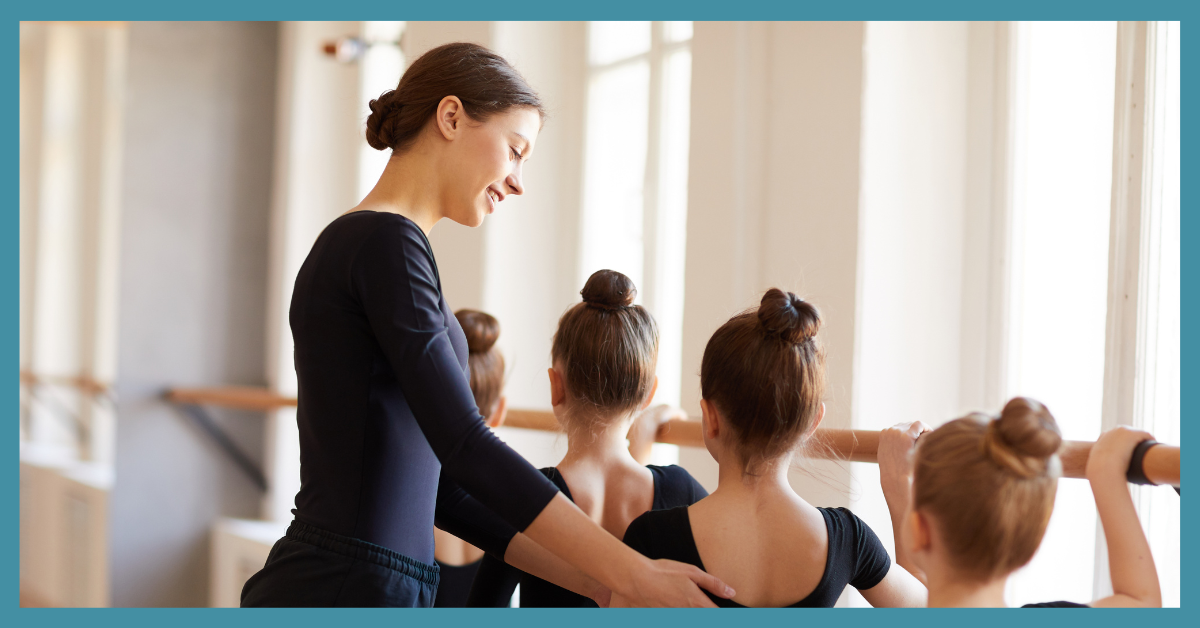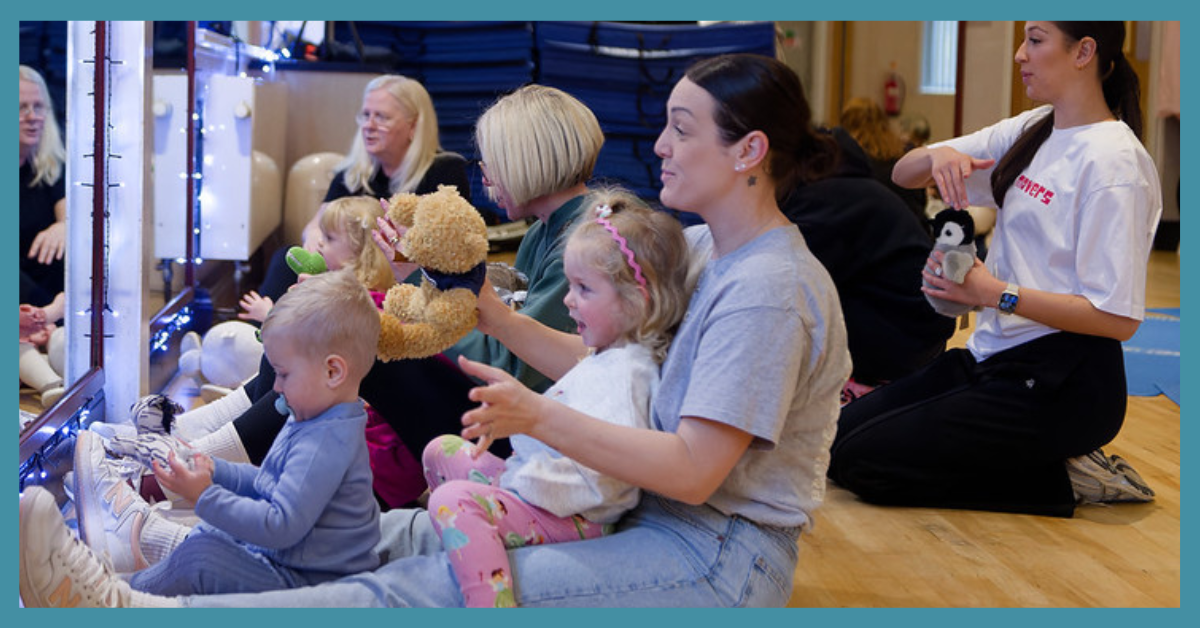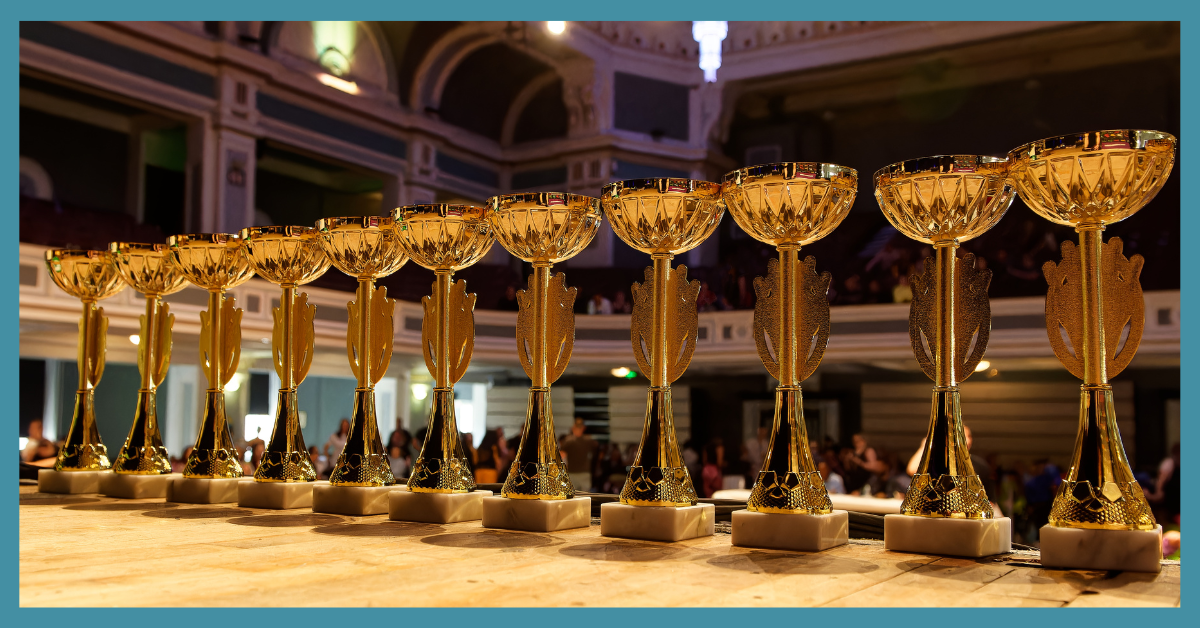Navigating the Path to Success in Dance: From Beginner to Advanced

The Ups and Downs of a Dancer’s Journey
Becoming a top-notch dancer is a bit of a rollercoaster, filled with fab moments and the odd bump along the way. As dance teachers, it’s our job to get the hang of this journey and be ready for its twists and turns so we can steer our students right.
What’s the Dance Journey All About?
Dance isn’t just about moving to the music; it mixes physical skills, emotional expression, and some serious brainpower. Most dancers start young and go through different stages, each needing a special touch from us teachers to keep them growing and loving dance.
The Stages of Learning Dance
- Beginner Stage: It all starts with the basics—simple steps, rhythm, and getting the hang of moving in time with the music. This stage is all about building confidence and sparking a passion for dance as the youngsters start to explore different styles.
- Intermediate Stage: Now things get serious. Dancers work on nailing their technique, boosting their flexibility and strength, and getting their heads around more complicated routines. This is the time when they start to find their own style, so they need loads of encouragement and helpful feedback.
- Advanced Stage: This is when dancers really polish their skills, pick their favourite styles, and focus on giving top performances. For many, this is the gateway to a dance career or competitions, and it demands a lot of dedication and mental toughness.
Setting Expectations Right
Keeping dancers motivated without them burning out means setting clear, realistic goals:
- Set Clear Milestones: Lay out what’s expected at each stage and set short-term goals to keep things interesting.
- Involve Parents: For the younger ones, it’s great to keep parents in the loop so they can back up their kids effectively.
Dealing with Hiccups
Every dancer faces setbacks like injuries or times when they just don’t seem to improve. Here’s how to handle them:
- Injury Prevention and Management: Teach dancers how to move safely to avoid getting hurt. If an injury does happen, help them adapt their training to stay involved as they heal.
- Overcoming Plateaus: When a dancer feels stuck, throwing in new challenges or mixing up their training can reignite their passion and progress. Sometimes just switching focus within dance can do wonders.
A Story from the Studio
One of my standout moments was with a student who began dancing as a teenager, much later than her mates. She often doubted herself because of her late start. We set personal goals that fit her unique pace, and watching her bloom during the intermediate stage was incredibly rewarding. It goes to show, success in dance isn’t about starting young or being a natural; it’s about sticking with it and getting the right support.
Wrapping It Up
The dance journey is more than just mastering moves; it’s about personal growth and tackling mental challenges too. Our role as teachers goes beyond the dance floor. We’re mentors, motivators, and sometimes even confidants. By really getting what each dancer needs at different stages, we can help them not only shine in dance but also build skills for life.






Responses